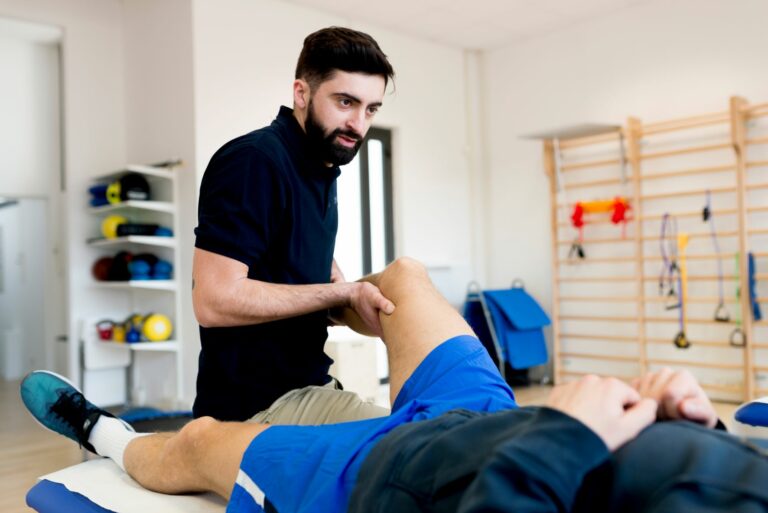Thank you for reaching out with your concerns about your recent knee discomfort. While we can’t replace professional medical advice, we can offer some insights into knee braces and potential solutions.
Understanding knee braces
Knee braces can be a helpful aid for managing pain and limiting certain movements. Here are a few types you might consider:
- Extension Brace: This bulky option is designed to lock the knee at different angles. It’s typically used after more severe knee injuries.
- Patellar Tracking Brace: Aimed at controlling the movement of the kneecap during bending and straightening, this type provides a more targeted approach.
- Knee Sleeve: For a less restrictive alternative, a knee sleeve with light compression is available. It can offer support without limiting your knee’s full range of motion.
Targeting knee pain areas
Given that your pain is on the front of your left knee, these braces may provide short-term relief. However, it’s essential to note that a knee brace may not address the root cause of the pain.
Patellofemoral pain, which is common on the front of the knee, can be caused by various factors, including muscle imbalances, overuse, or changes in physical activity. It’s essential to consult with a physical therapist to identify the specific cause of your knee pain, so you can receive tailored care and guidance. A PT can conduct a thorough evaluation, determine the cause of your pain, and provide a personalized program for rehabilitation and recovery.
A PT can guide you in strengthening the leg muscles and teach you movement patterns that control the thigh bone and the kneecap during movement. Additionally, they may use hands-on manual therapy work and KT taping to help guide the kneecap as the knee bends and straightens to help decrease symptoms and improve tolerance to full bending.
You may be wondering why choose physical therapy. Simply put, the ultimate goal of physical therapy is to help you move better — more efficiently and without pain.

Furthermore, knowing what to expect at your first PT appointment can help if you’re hesitant to schedule. At Therapeutic Associates, we value Shared Decision Making, so you can schedule knowing you’ll be an active participant in your treatment plan. Finally, you can access our services without a referral utilizing Direct Access.
We hope this has helped you with your question about utilizing a knee brace to limit your mobility and control pain and look forward to working with you soon!

Get past your knee pain with the help of a movement expert
As physical therapists, we know the importance of movement for overall health and well-being. From injury recovery to achieving optimal performance, our passion is to help every patient reach their goals and live an active, pain-free life. Get started with PT today!



